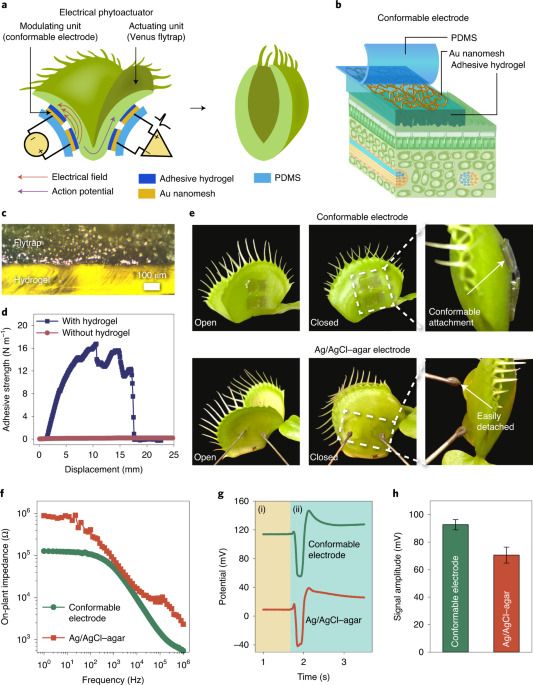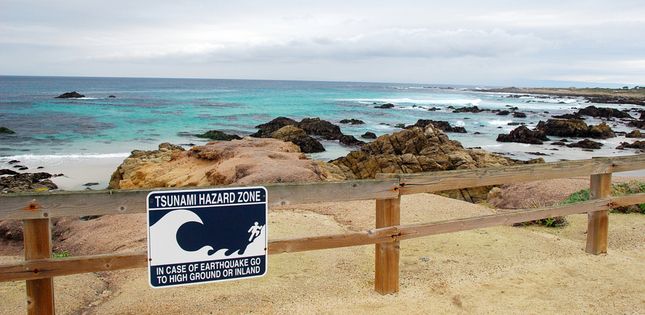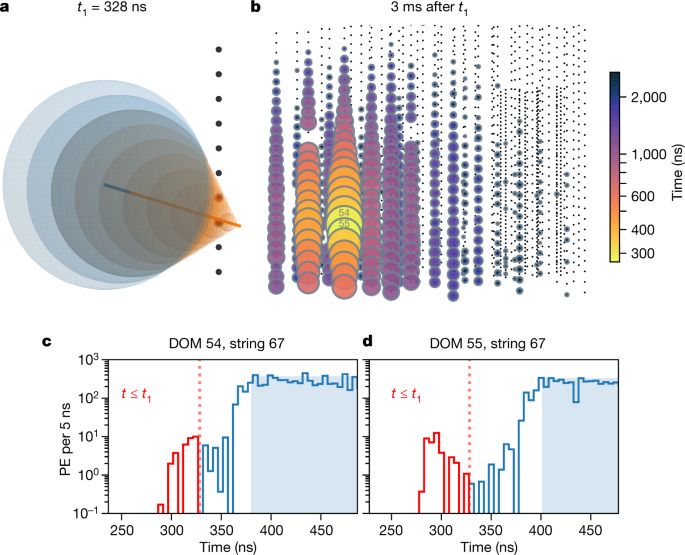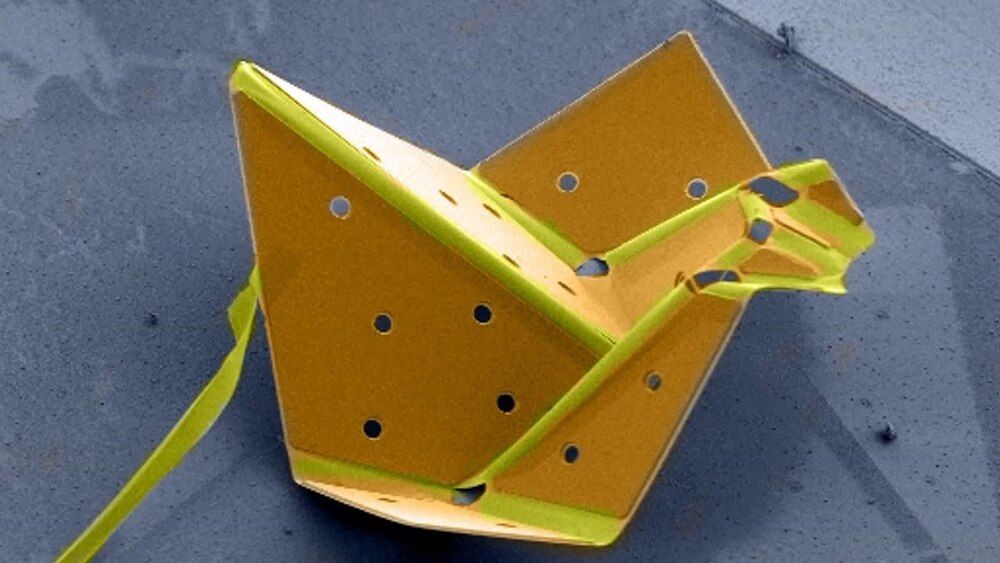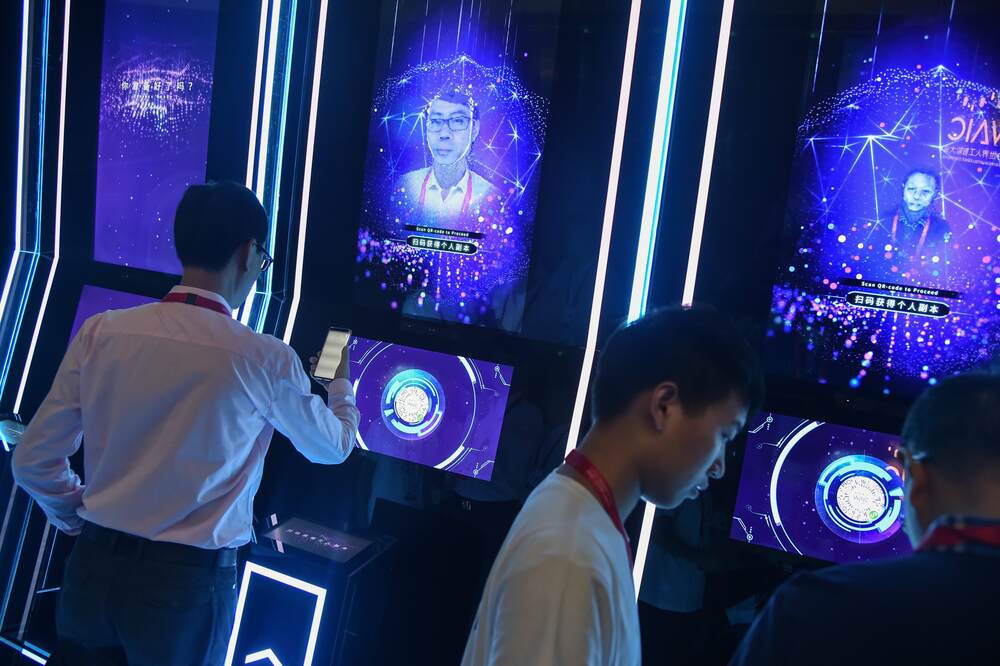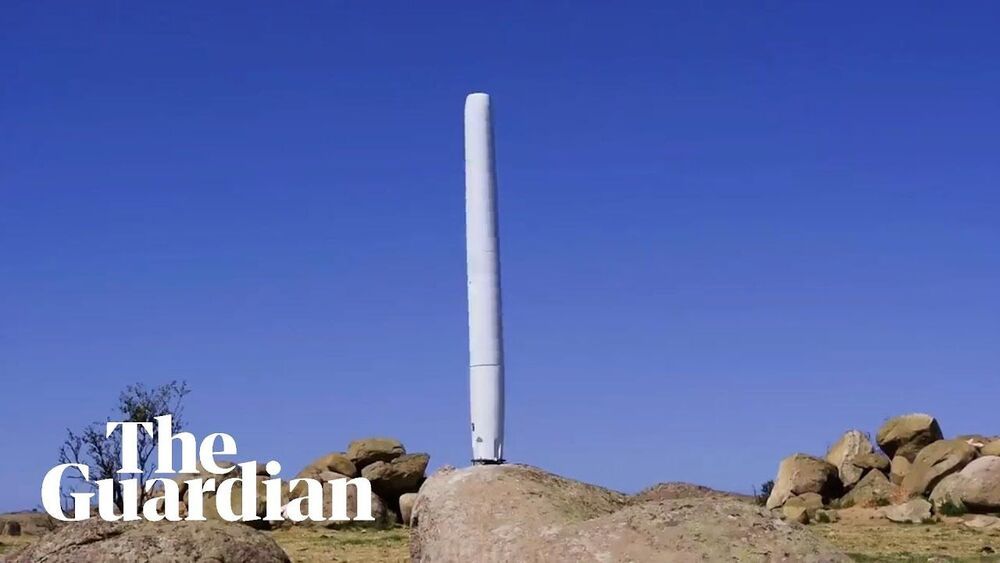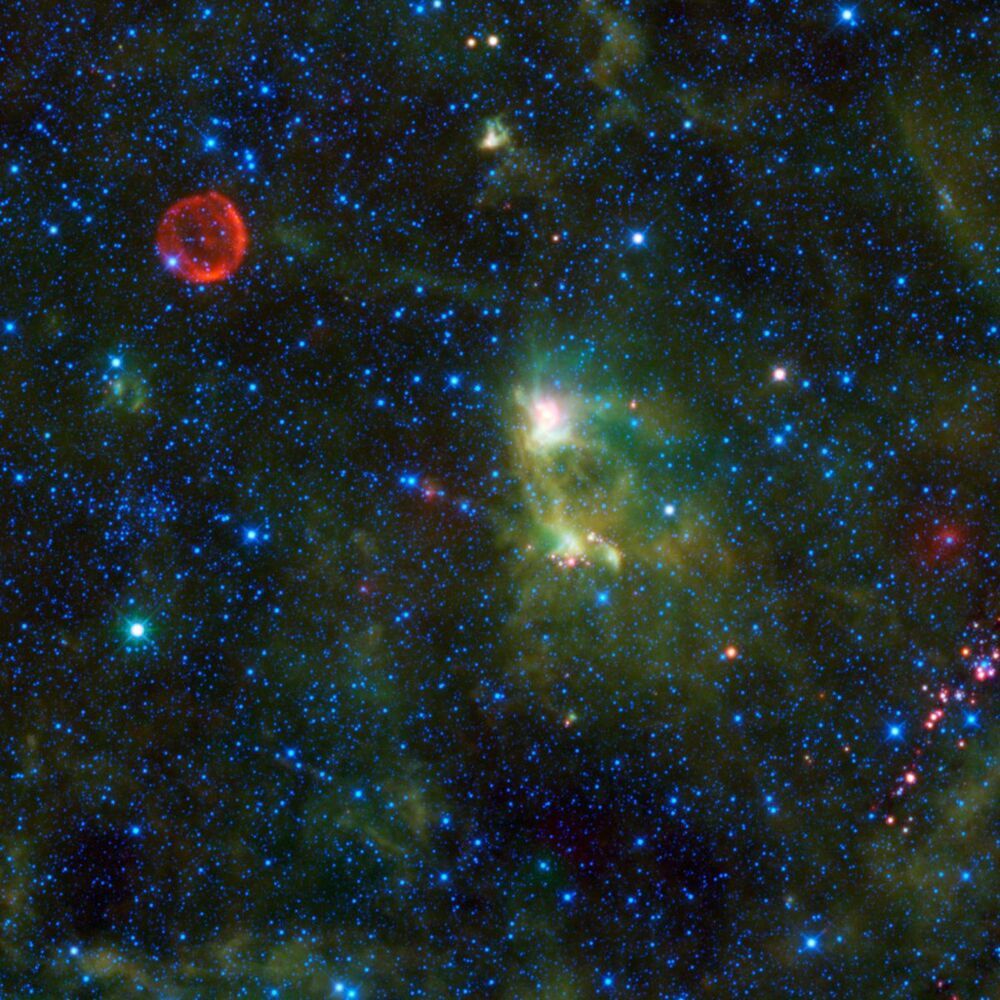
Tyson’s latest book “Cosmic Queries” covers the gamut from early Earth’s pond scum to potential multiverses to out-of-the-box ideas about the potential that we live in a false vacuum cosmos.
After the past year’s pandemic pall, it’s nice to be reminded that we remain inextricably connected to the cosmos beyond Earth’s atmosphere. In the new book “Cosmic Queries: StarTalk’s Guide to Who We Are, How We Got Here, and Where We’re Going,” astrophysicist and StarTalk podcast host Neil DeGrasse Tyson, along with George Mason University physics professor James Trefil, clearly remind us of our cosmic legacy.
Tyson, Director of New York City’s Hayden Planetarium at the American Museum of Natural History, is well known for his ability to provoke the public into thinking harder about our place in the cosmos. And “Cosmic Queries” does just that. Tyson and Trefil succinctly lead the reader through almost every aspect of cosmic history while addressing age-old questions with new verve.
Continue reading “Provocative New Neil DeGrasse Tyson Book Highlights Little-Known Cosmic Tidbits” »
